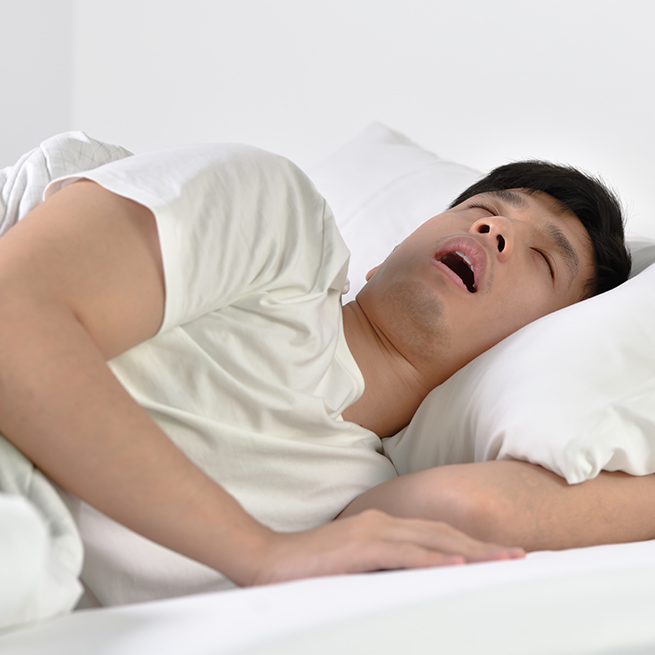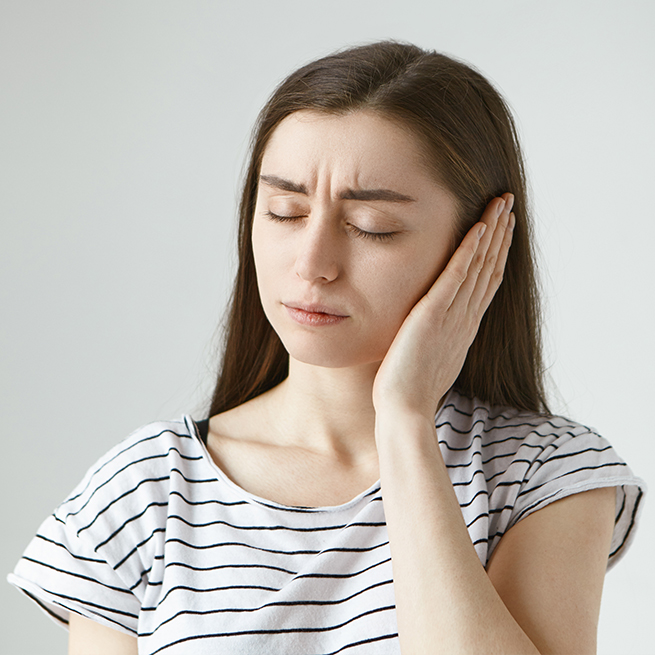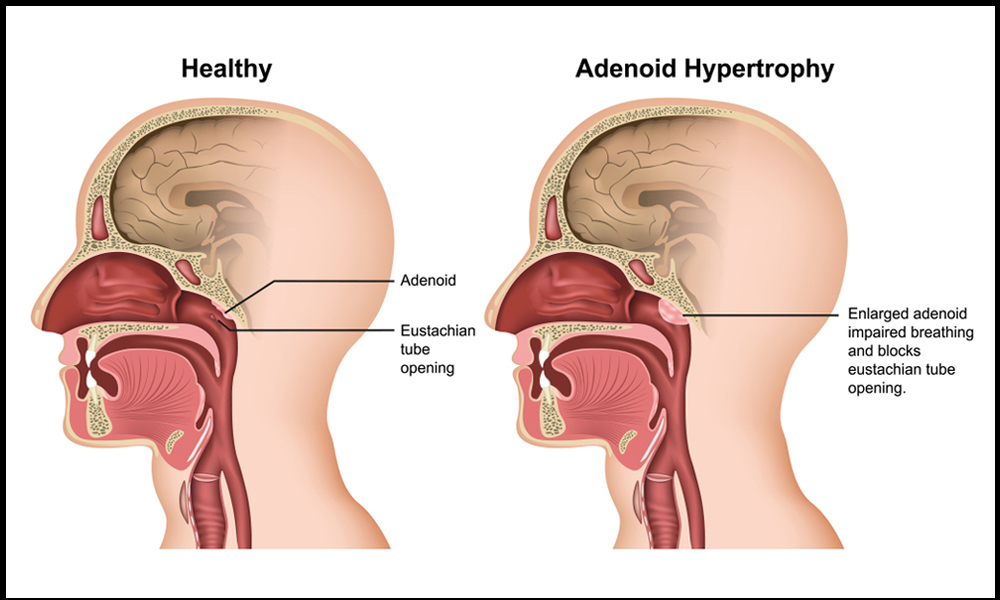-
 Toll Free No 9146-744-744
Toll Free No 9146-744-744 - Appointment
Adenoids are a patch of tissue situated high up in the throat, just behind the nose. They, along with the tonsils, are part of the lymphatic system. The lymphatic system clears away infection and keeps body fluids in balance. White blood cells circulate through the adenoids and other lymphoid tissue, reacting to the foreign bodies. The adenoids and tonsils work by trapping germs coming in through the mouth and nose. We all have adenoids to protect us from foreign bodies, but as we reach adulthood, adenoids start to shrink.
An adenoidectomy, or adenoid removal, is surgery to remove the adenoid glands. While adenoids help protect the body from viruses and bacteria, they sometimes become swollen and enlarged or chronically infected. This can be due to infections, allergies, or other reasons. Some children may also be born with abnormally large adenoids.
When adenoids become enlarged, they can cause problems by partially blocking the airway. When this happens, children can have breathing problems, ear infections, or other complications, which can lead to snoring or more serious conditions such as sleep apnea (stopping breathing) at night. Chronic nasal drainage, congestion, and sinus infections can also be seen. Enlarged adenoids can also affect the recurrence of ear infections and chronic fluid in the ear, which can result in temporary hearing loss. An adenoidectomy is mostly done for children who are between the ages of 1 and 7.






The doctor may recommend Adenoidectomy if:
The adenoid glands get enlarged and are blocking the nose. The signs of a blocked airway include snoring, trouble breathing through the nose, and breathing with the mouth open.
If difficulty in breathing through the nose, bad breath, dry lips, breathing through the mouth, and frequent sinus symptoms occurs, then your child might have an Adenoid issue.
Adenoids are the patch of tissue situated high up in the throat behind the nose. Adenoid glands & tonsils are the part of the lymphatic system which clear away infection and keep body fluids in balance. The adenoids and tonsils work to trap the germs coming in through the mouth and the nose.
The surgery takes about 30 minutes to an hour. The surgery is done under general anesthesia, thus, recovery from anesthesia can take a few hours.
Large adenoids were negatively associated with allergic rhinitis and asthma.
Steam inhalation can help reduce the swelling; also nasal steroids might help in reducing swelling.
After the surgery, the patient should rest at home for several days. Light activities may be resumed when patient feels up to it. Strenuous physical activity is strictly avoidable for a week.
After the surgery encourage your child to eat soft diet for 1 to 2 weeks. Avoid eating hot, spicy food and always make sure to cut foods in very small pieces and examine that your child chews the food properly.
Many insurance companies provide coverage for your surgery after a period of few years. Our HospiOne Team can guide you perfectly in this scenario.
OUR PROCESS IS EASY contact us for More information.
Copyright © 2023 hospione.com - All Rights Reserved | Developed by Digital Marketing StudioGenix LLP